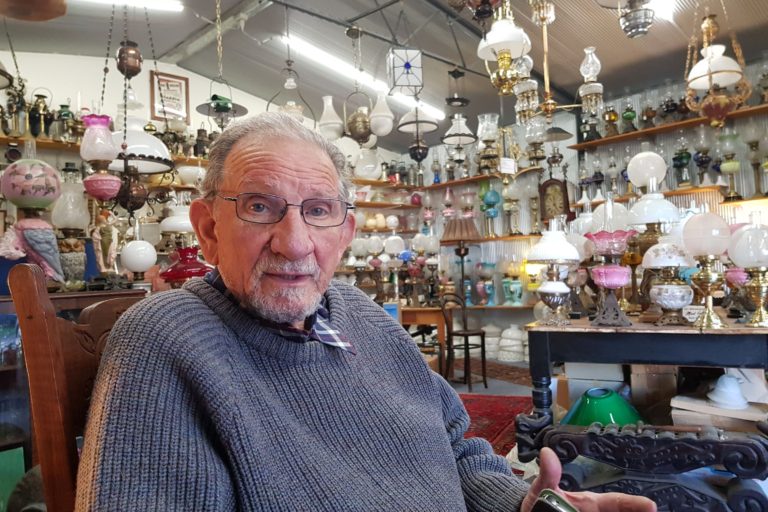By Neena Bhandari
Sydney, 24.10.2009 (IANS): Each day millions of commuters across the world wait for a bus or a train, wondering when it will arrive. Now a group of students at Carnegie Mellon University’s Adelaide campus, that includes Indians, has found a way to tell you exactly when your bus or train will be at your stop.
The Sandora Prototype 1.0 is a tracking system which sends live timetable information and a Google Map showing the location of the vehicle, direct to mobile phones by SMS. Commuters can obtain the information either before their trip or while waiting at a stop.
The system works by placing a GPS-enabled device on a bus, train or tram. The device sends regular information about its location to a server. This information is then compared with the original static timetable to calculate its arrival time at a particular stop.
“Sandora is an easy-to-set-up cost-effective, time management tool that will reduce waiting time by providing live information for users of transport services. It can be accessed via mobile phones or the internet at little or no cost to the user,” says Phil Allan, Sandora’s team leader.
The system, which utilises existing technologies and minimal hardware, may prove useful for densely populated countries like India, expected to have some 492 million mobile phone users by the year-end.
“Waiting for a bus in India’s metropolitan cities is often a frustrating experience for the millions of people who use it and managing traffic is one of the biggest challenges. With Sandora, commuters can expect a service that will make their travelling to work more convenient and possibly quicker,” says Akhilesh Harsh, one of the Master of Science in Information Technology students, who have created the system.
“As New Delhi gears up to host the 2010 Commonwealth Games, public or private companies would benefit in managing the city’s traffic if they choose to implement the Sandora system. Having a world class traffic management system will also reduce the number of cars clogging the roads,” Harsh, who migrated to Australia in 1994 from Bikaner (Rajasthan) and now works for the South Australian government as a data warehouse systems administrator, told IANS.
A successful prototype of the service has been recently tested on the Adelaide Connector bus service. The prototype uses SMS messages to send location information. However, future versions of Sandora will send this data either as TCP/IP data packets over the 3G Network or via a URL connection.
Dave Hepworth, another member of the team, told IANS: “Sandora is not designed to make the bus run on time, but at least you know how long it is until the next one arrives. Our slogan is ‘Never miss your bus again’ “
Sandora can also be configured to provide other information such as interruptions to services, alternative transport services and disability access. “It can also monitor school buses and taxi locations. One of our main objectives is to encourage people to use mobile as a productivity tool rather than just a personal communication tool,” says the project’s supervisor, Associate Professor Riaz Esmailzadeh.
The system has many environmental and economic benefits. It will encourage people to use public transport rather than private vehicles as they will be able to make better informed and timely choices, which would in turn lead to reduction in emissions and noise pollution.
“More use of public transport will generate revenue for transport authorities, and may actually drive the reduction of ticket costs and create savings for households,” says Anne Sy, a student from the Philippines.
© Copyright Neena Bhandari. All rights reserved. Republication, copying or using information from neenabhandari.com content is expressly prohibited without the permission of the writer and the media outlet syndicating or publishing the article.



